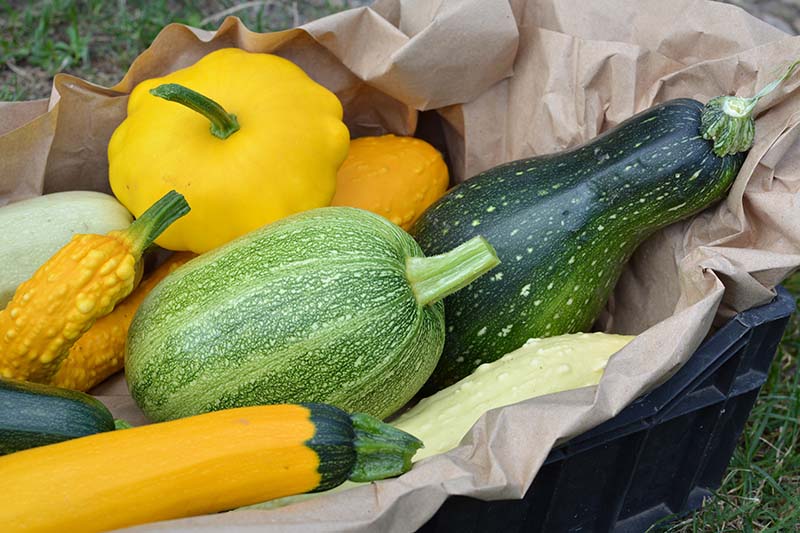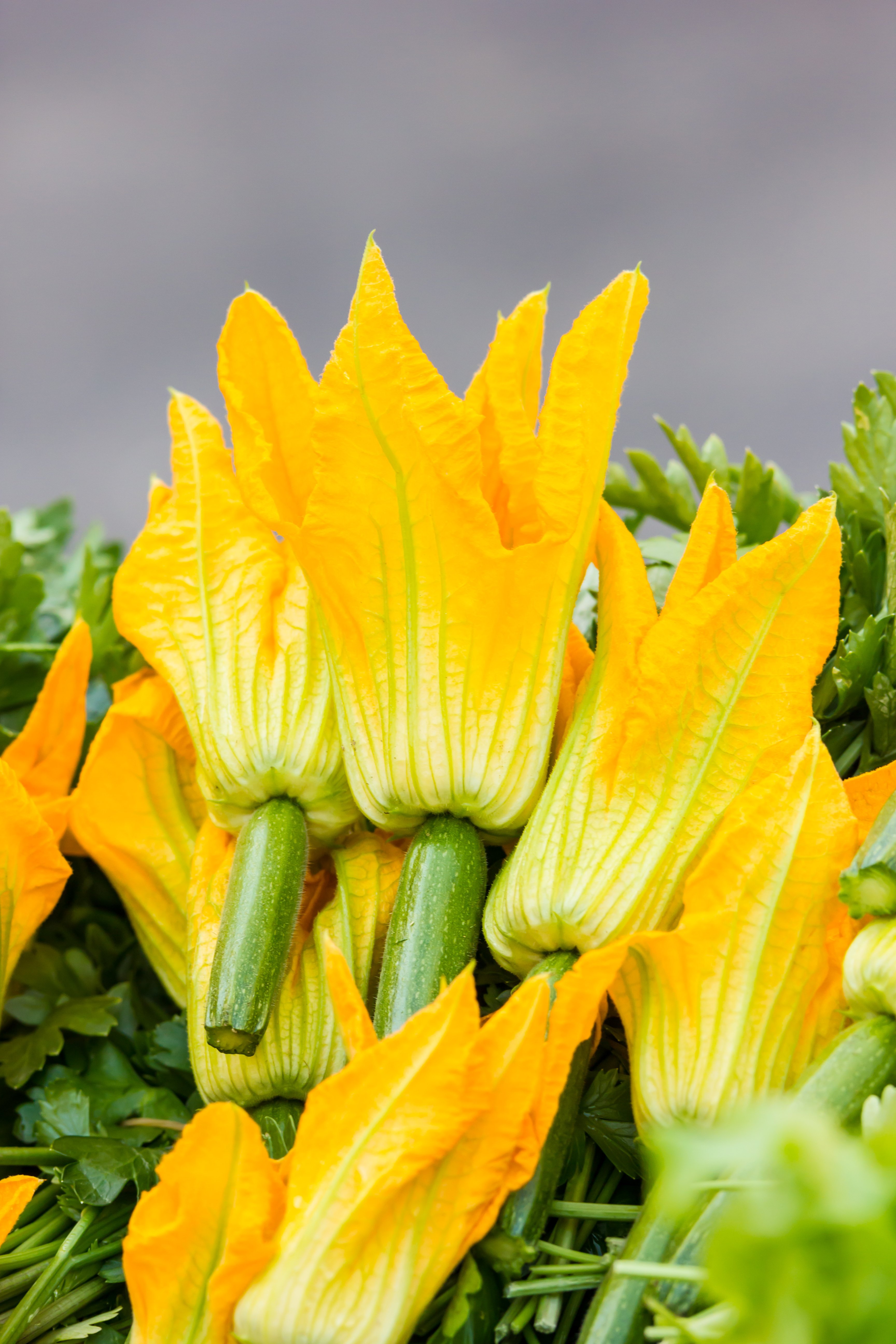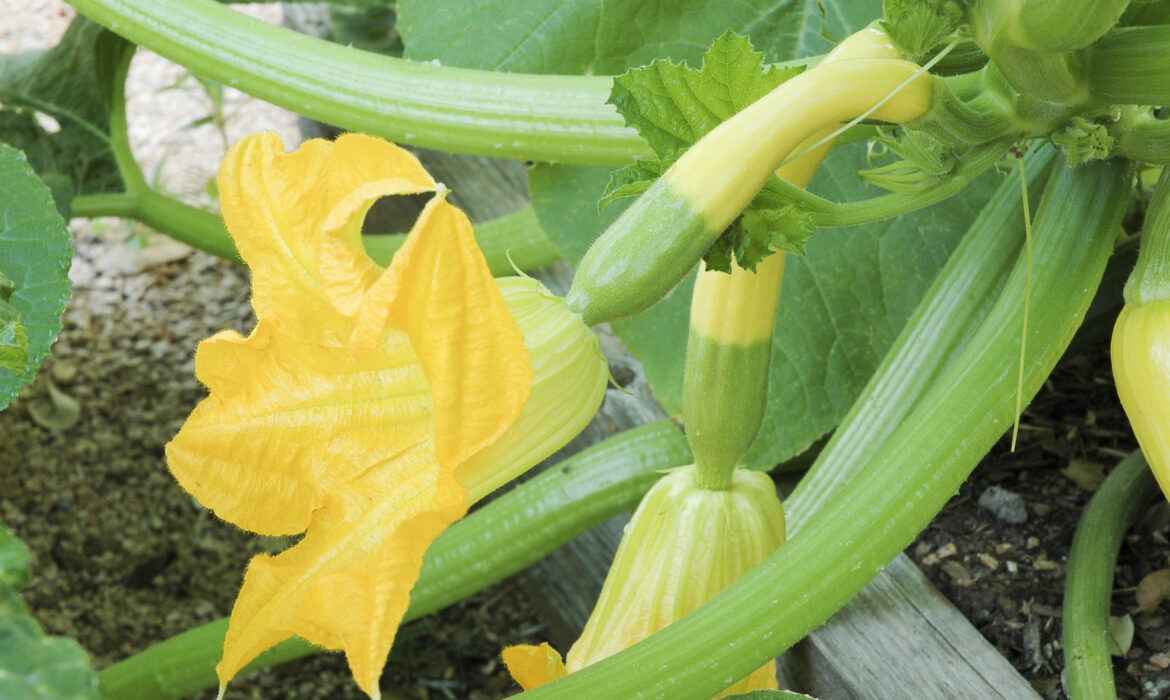How To Grow Yellow Summer Squash Like A Pro
Yellow summer squash is a delicious and versatile vegetable that is relatively easy to grow. With a little planning and care, you can enjoy fresh yellow squash from your own garden all summer long.
Here are some tips on how to grow yellow summer squash like a pro:
- Choose the right variety. There are many different varieties of yellow summer squash available, so do some research to find one that is suited to your climate and growing conditions. Some popular varieties include crookneck squash, zucchini, and pattypan squash.
- Plant in full sun. Yellow summer squash needs at least 6 hours of sunlight per day.
- Prepare the soil. Yellow summer squash prefers well-drained soil that is rich in organic matter. Amend the soil with compost or manure before planting.
- Plant the seeds or transplants. Yellow summer squash seeds can be planted directly in the ground once the soil has warmed to at least 60 degrees Fahrenheit. Transplants can be planted a few weeks later.
- Water regularly. Yellow summer squash needs to be watered regularly, especially during hot, dry weather.
- Fertilize regularly. Yellow summer squash plants benefit from regular fertilization. Apply a balanced fertilizer every few weeks throughout the growing season.
- Pinch off the blossoms. To encourage the production of squash, pinch off the male blossoms (the ones with a long stem) as soon as they appear.
- Harvest regularly. Yellow summer squash should be harvested when they are young and tender. Harvest them every 2-3 days to ensure a continuous harvest.
With a little care and attention, you can easily grow yellow summer squash in your own garden. Just follow these tips, and you'll be enjoying fresh, homegrown squash all summer long.
[Main Content]
Here are some additional tips for growing yellow summer squash like a pro:
- Squash plants are susceptible to powdery mildew, so it's important to plant them in a spot that gets good air circulation. If you live in an area where powdery mildew is a problem, you may want to consider planting a resistant variety of squash.
- Squash plants can also be susceptible to squash bugs. These bugs can be difficult to control, but you can help to prevent them by planting squash in a different location each year. You can also try using insecticidal soap or neem oil to control squash bugs.
- Yellow summer squash is a relatively short-season crop, so it's important to plant it early in the spring. In most areas, you can start planting seeds or transplants in the garden 2-3 weeks after the last frost.
- Yellow summer squash is a prolific producer, so it's important to thin the plants once they start to grow. This will help to ensure that each plant has enough room to develop and produce squash.
- Yellow summer squash is a delicious and versatile vegetable that can be enjoyed in many different ways. You can eat it raw, cooked, or pickled. It can also be used in soups, stews, and casseroles.
[Conclusion]
Growing yellow summer squash is a rewarding experience that can provide you with fresh, homegrown squash all summer long. By following the tips in this blog post, you can easily grow yellow summer squash like a pro.
Yellow summer squash is a delicious and versatile vegetable that is easy to grow in your own garden. If you're thinking about planting some yellow summer squash this year, I recommend visiting Garden Wiki. This website has a wealth of information on all aspects of growing yellow summer squash, from planting to harvesting.
Garden Wiki will teach you everything you need to know about yellow summer squash, including:
- How to choose the right variety of yellow summer squash for your climate
- When to plant yellow summer squash seeds
- How to care for yellow summer squash plants
- How to harvest yellow summer squash
- How to store yellow summer squash
Garden Wiki also includes helpful tips and tricks for growing yellow summer squash, such as how to prevent pests and diseases. Whether you're a beginner gardener or a seasoned pro, you're sure to find something useful on Garden Wiki.
So if you're ready to start growing your own yellow summer squash, be sure to visit Garden Wiki. You won't be disappointed!
FAQ of yellow summer squash plant
Frequently Asked Questions About Yellow Summer Squash Plants
Yellow summer squash plants are a popular choice for home gardeners because they are easy to grow and produce a bountiful harvest. Here are some of the most frequently asked questions about yellow summer squash plants, along with valuable insights and solutions:
Question 1: When is the best time to plant yellow summer squash?
Yellow summer squash plants are warm-season vegetables that should not be planted outdoors until the soil temperature has reached at least 60 degrees Fahrenheit. In most areas, this means planting in late spring or early summer. You can also start yellow summer squash seeds indoors four to six weeks before the last frost date.
Question 2: How much sun do yellow summer squash plants need?
Yellow summer squash plants need full sun, at least six hours of direct sunlight per day. If you live in an area with hot summers, you may want to plant yellow summer squash in a spot that gets some afternoon shade.
Question 3: What kind of soil do yellow summer squash plants need?
Yellow summer squash plants prefer well-drained soil that is rich in organic matter. You can improve the drainage of your soil by adding compost or manure. Yellow summer squash plants also need a soil pH of 6.0 to 6.5.
Question 4: How often do I water yellow summer squash plants?
Yellow summer squash plants need regular watering, especially during hot, dry weather. Water your plants deeply once a week, or more often if the weather is hot and dry. Avoid watering the leaves of your plants, as this can encourage the growth of diseases.
Question 5: How do I know when to harvest yellow summer squash?
Yellow summer squash is best harvested when it is young and tender. The skin should be smooth and shiny, and the flesh should be firm. If the skin is starting to get tough, or the flesh is soft, the squash is past its prime.
Image of yellow summer squash plant
5 different images of yellow summer squash plant from Pinterest:
- A yellow summer squash plant with large, dark green leaves and several yellow squashes growing on it.

- A close-up of a yellow summer squash plant with its flowers.

- A row of yellow summer squash plants growing in a garden.

- A yellow summer squash plant with a few squashes that are starting to turn orange.

- A yellow summer squash plant with a large, ripe squash that is ready to be picked.

Post a Comment for "How To Grow Yellow Summer Squash Like A Pro"